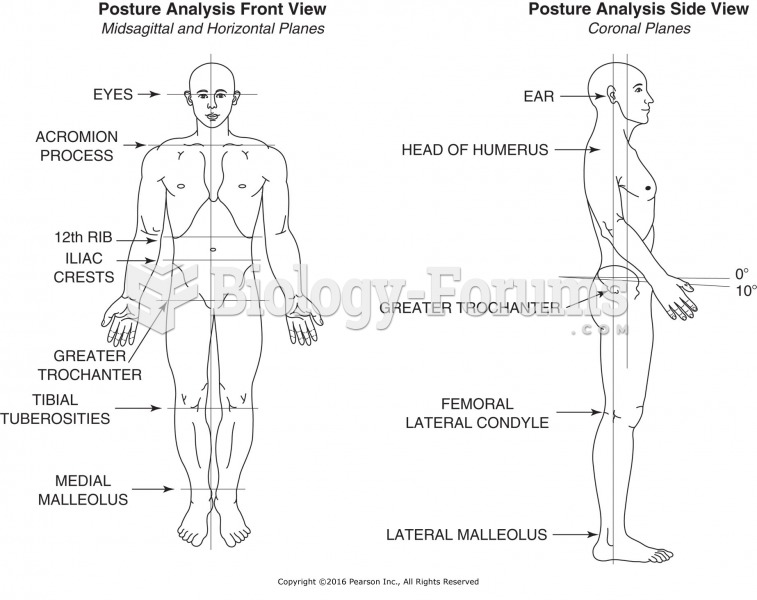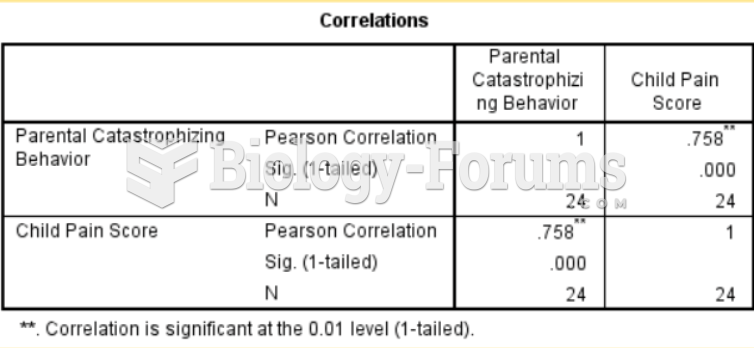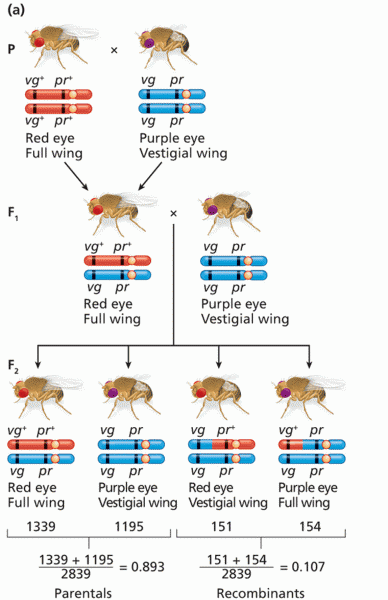Answer to Question 1
This is a discussion question that relates to the entire module. F&B departments are extremely different from the rest of a hotel. F&B departments are the most employee intensive and complicated to operate. When food and beverage service is involved, each customer has different wants and needs that are difficult to satisfy. F&B departments also have the most variables that determine profitability. Most F&B departments operate separately from the rest of the hotel. Specific elements and factors will be discussed throughout this module.
Answer to Question 2
Again, because college dining departments have to fulfill such a broad range of student dining expectations, they often find conflicts between the demand for choice, and various other constraints that would suggest reducing choice. In the case of health and wellness, they employ a variety of strategies.
One is to create healthy choice options, identifying them with special logos or signage and offering them as an option at every station. Another is to create a healthy option station or dining hall.
Directors usually also have programs to educate students about nutrition and its relation to health and wellness. It is common to find nutritional information about specific entrees and items posted near them, again, sometimes identified with signage such as Red-Yellow-Green tags indicating the level of healthfulness a given item has in a healthy diet. Many have staff dietitians who offer classes on diet and wellness as part of such education programs.
One of the issues that frequently comes up is that customers will often say they want to eat more healthfully, but then shy away from identified healthful options in favor of traditional meal choices like hamburgers and fries. Many directors are of the opinion that identifying healthful options in this way can do more harm than good, and instead focus on merchandising healthful items more effectively and more prominently, figuring that quality presentation and merchandising will encourage more people to try them. This is often referred to as the Stealth-Health approach.
Other common strategies include the removal of fried items from the menu except for certain days of the week, andthe practice of so-called meatless Mondays when only vegetable and seafood protein is offered. In other instances, particularly high-calorie and high fat items are removed from self-serve areas and offered only as a portion controlled option. Examples would bacon offered only as a two-strip serving at a breakfast station, or meat portions being controlled at stir fry stations where customers select all of their own vegetable quantities, but with portion-controlled protein amounts added behind the counter by the front line server.







